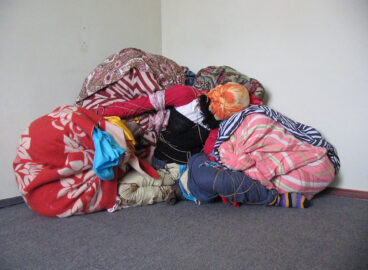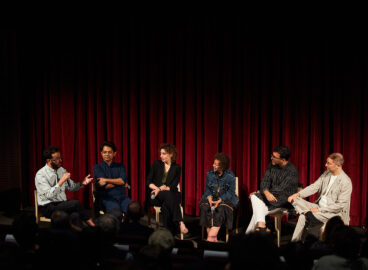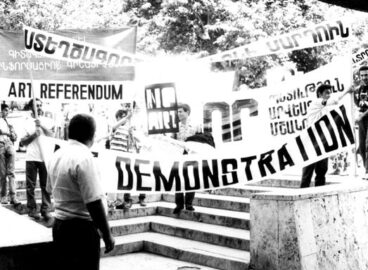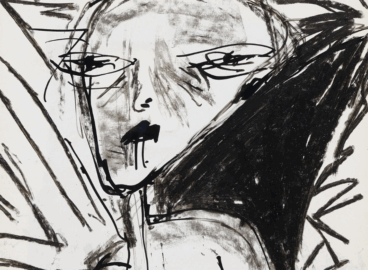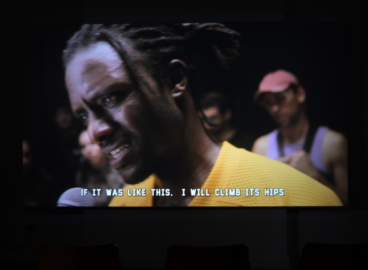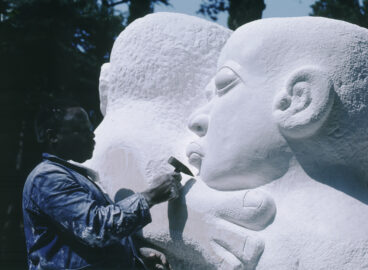This conversation, which took place as a collaboration between the International Program and Research Programs at MoMA, featured presentations by the directors of two important art museums in Kyiv on the crises faced by their institutions since the Russian invasion in February 2022. The National Art and Culture Museum Complex Mystetskyi Arsenal (Art Arsenal) is a historic venue that hosts major exhibitions and theatrical productions, while the Bohdan and Varvara Khanenko National Museum of Arts, located in two nineteenth-century mansions, houses the country’s premier collection of Old Master paintings and works of Ancient and Asian art and was damaged in a Russian attack in October 2022. The panelists discussed a wide range of topics related to museum practices during wartime, shedding light on the extraordinary challenges their institutions are experiencing as well as the vital and restorative role that art spaces are playing for their communities. The discussion was moderated by Jason Farago, art and culture critic at large for the New York Times, who reported from Ukraine in the early days of the war.
Ukrainian Museums in Wartime: Olesia Ostrovska-Liuta and Yuliya Vaganova in conversation with Jason Farago
April 10, 2024
